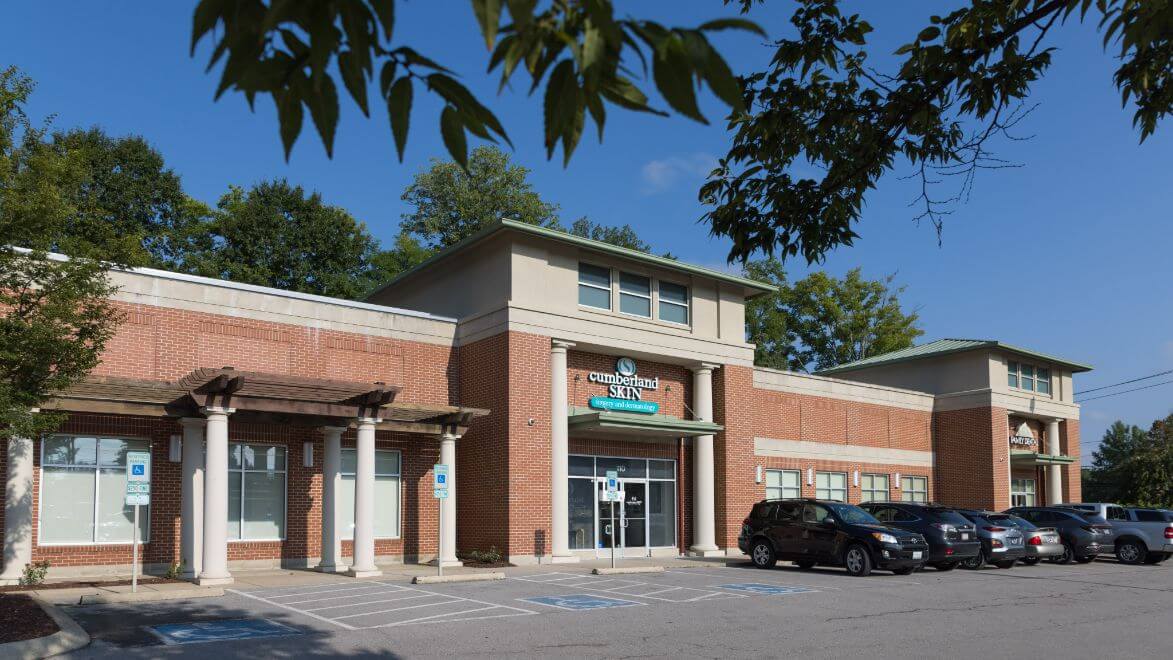Platelet Rich Plasma (PRP) for Acne Scars: Can It Help?
Uncover how effective PRP is when it comes to treating acne scars
 Miracle treatment, the fountain of youth, liquid gold – these are just a few ways champions of platelet-rich plasma (PRP) sometimes describe it and with good reason. Platelet-rich plasma treatments can help speed natural healing, boost hair growth, and visibly improve the look and texture of skin, among many other benefits.
Miracle treatment, the fountain of youth, liquid gold – these are just a few ways champions of platelet-rich plasma (PRP) sometimes describe it and with good reason. Platelet-rich plasma treatments can help speed natural healing, boost hair growth, and visibly improve the look and texture of skin, among many other benefits.But what about issues like acne scars? How effective is PRP when it comes to treating those, and what should a potential patient expect from the experience?
Let’s dive into the answers to those questions, as well as a few other things you should know if you’re considering PRP as a way to address scarring.
PRP for Acnes Scars
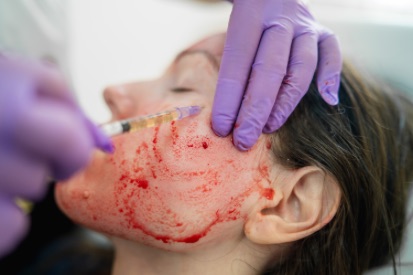
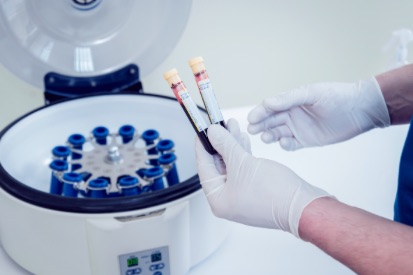
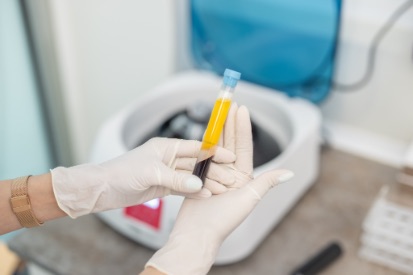
What Is Platelet-Rich Plasma?
How and Why Do Acne Scars Occur?
Acne is your body's natural way of dealing with and purging impurities. But when acne heals, it can leave temporary marks behind, as well as pigmentation. In severe cases, it can permanently damage the deepest layers of the skin, resulting in various types of acne scars.
Can Platelet-Rich Plasma Treat Acne Scars?
If you know that PRP can help encourage healing and improve the texture of the skin, it makes sense to wonder whether it can also improve the appearance of acne scars.
Yes, platelet-rich plasma can help with acne scars, especially when combined with other treatments and therapies. Speak with a dermatologist or skincare expert at Cumberland Skin to get a better idea of whether PRP therapy is a good fit for you.
What to Expect from a PRP Treatment?
When you arrive for your appointment, a doctor or medical specialist will discuss any potential concerns or goals you might have regarding your acne scars. Then, they’ll draw a small amount of your blood.
After the blood is processed, it will be reinjected into the scarred areas previously earmarked for treatment. PRP treatments involve little to no discomfort and very quick recovery times. In fact, many people show up to complete their treatments during their lunch hours or while out and about doing other things.
PRP patients should also plan on maintaining the results of their treatments. In some cases, a series of initial sequential treatments are recommended. However, in all cases, maintenance is strongly recommended, and your doctor will discuss an optimal care schedule that aligns with your goals and lifestyle. (Follow-up treatment sessions every 6 to 12 months are typical.)
Are you ready to say goodbye to your acne scars and explore the benefits of platelet-rich plasma treatments for yourself? Schedule an appointment with Cumberland Skin to discuss your options.
Products for Healthy, Acne-Free Skin
Check your local office for current stock!
Check your local office for current stock!
Featured Healthy Skin Blogs

- Skin Cancer
- Skin Exams
It’s time to face the facts: skin cancer can develop in individuals of all skin colors, including those with darker skin tones.
Read More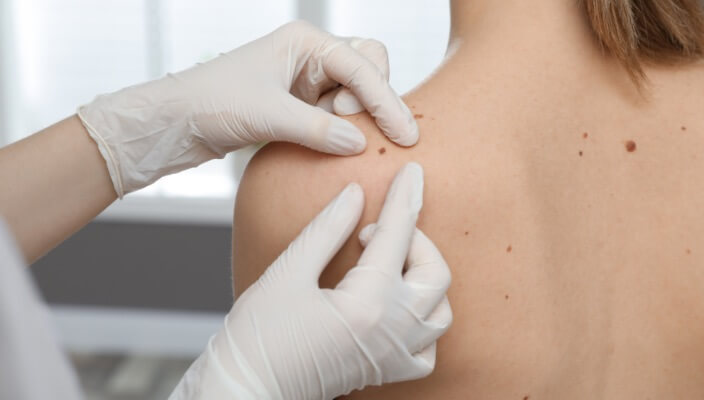
- General Dermatology
- Skin Exams
Preparing for your first dermatology appointment is important because it ensures everything goes as smoothly as possible and that your doctor is up-to-date on the status of your overall health and wellbeing. Here are our expert tips.
Read More
- Skin Care
- Botox
- Injectables or Fillers
- Cosmetic Treatments
Discover effective alternatives to Botox for treating wrinkles and fine lines. Explore innovative non-invasive options that can help you achieve youthful, radiant skin without injections, empowering you to make informed choices about your skincare routine.
Read More


